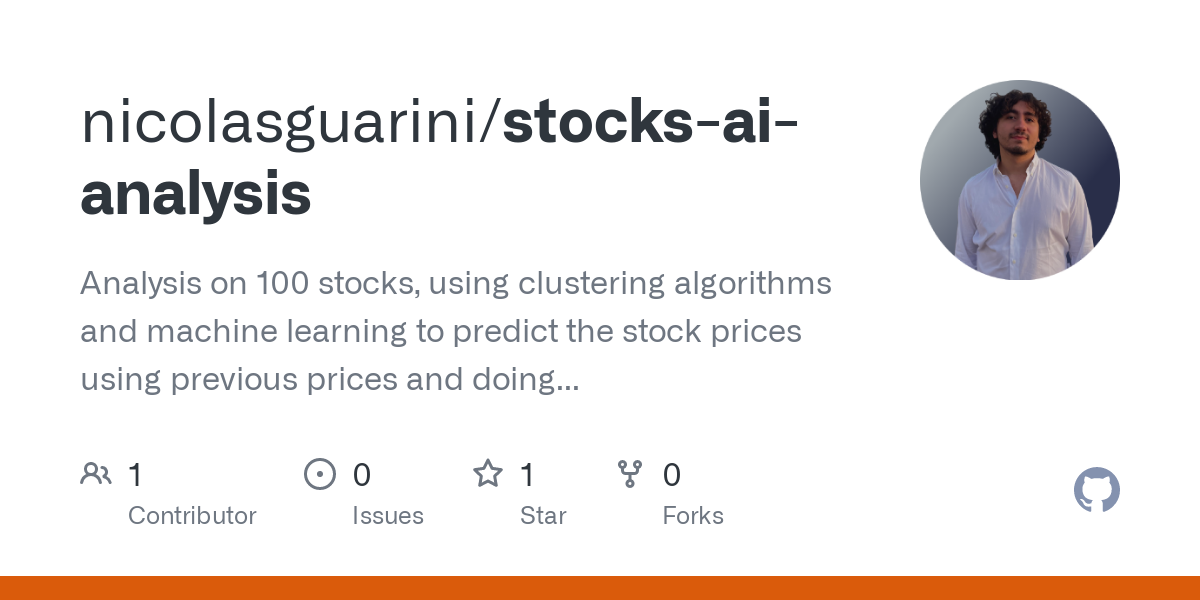20 Free Facts For Picking AI Stock Trading Sites
20 Free Facts For Picking AI Stock Trading Sites
Blog Article
Top 10 Tips For Evaluating The Strategy Customization Of Ai Stock Predicting/Analyzing Trading Platforms
AI trading platforms that predict/analyze stocks are known for their ability to tailor strategies that meet the demands of users. This enables them to adapt to specific trading objectives and conditions, such as risk tolerance. A platform that has a range of options for customization will improve your trading. Here are 10 guidelines on how to assess the customization capabilities of platforms.
1. Evaluate Pre-Built Strategy Templates
Varieties of Templates: Find out whether the platform you are using provides templates that are pre-built for various types of trading (e.g. Day Trading and Swing Trading, as well as Long-Term Investing).
You can easily modify the templates and tailor them to meet your requirements.
Performance history: Determine whether the platform offers historical performance data for previously-built strategies.
2. Assess Custom Strategy Creation
Drag-and-drop tools: Search for platforms that offer intuitive drag and drop interfaces to allow you to personalize strategies.
Options for Coding: For advanced users be sure to check if the platform supports custom-written coding in proprietary scripting language (e.g. Python, R).
Flexibility: Ensure the platform lets you define your entry/exit parameters as well as risk management metrics as well as other crucial elements of your strategy.
3. Check for Backtesting Capabilities
Historical data: Make sure that the platform has enough historical data to backtest your strategies.
Flexible settings: Ensure that you are able to change parameters during backtesting.
Performance metrics - Check to see if your software offers detailed performance indicators (e.g. the win rate, Sharpe coefficient or drawdown) for all strategies tested back.
4. Evaluate Real-Time Strategy Testing
Paper trading: Check if the platform offers simulation and paper trading modes for testing strategies in real time without risking your capital.
Live testing - Make sure that you are able to test strategies using tiny amounts to test how they work.
Real-time adjustments: Examine to see if your strategy can be adjusted in real-time according to market conditions.
5. Assess Integration with Technological Indicators
Indicator libraries: Make sure your platform comes with a comprehensive collection of tools for technical use (e.g. MACD, RSI and moving averages).
Custom indicators: Ensure that you can create or import custom indicators that you can use in your strategies.
Verify the indicators' combination.
6. Check for Risk Management Tools
Stop-loss/take-profit: Ensure the platform allows you to set stop-loss and take-profit levels within your strategies.
Position sizing. Make sure you have established rules for how to manage your risk (e.g. set amount, percent of portfolio).
Risk-reward Ratio: Confirm that the platform is able to set individual risk-reward levels to strategies and trades.
7. Evaluate Multi-Asset Strategy Support
Asset classes: Verify that the platform provides strategies for multiple asset classes.
Cross-asset strategy: Check if you are able to create strategies that include various asset classes (e.g. pairs trading or Hedging).
Market coverage: Ensure that the platform you're interested in has market coverage for the markets you are interested in (e.g. US or international, copyright).
8. Evaluate Automation, Execution and Execution
Automated trading - Ensure that the platform can be capable of automating trading strategies based on the established rules.
Types of orders: Check if your platform supports different types of orders (e.g. market limit, limit, or stop) to implement a strategies.
Latency: Verify that the platform is able to perform trades with minimal latency, especially for high-frequency strategies.
9. Check out Strategies Optimization Tools
Optimization of parameters: Ensure that the platform offers tools to optimize the parameters of your strategy (e.g. grid search, genetic algorithm).
Integration of machine learning: Determine whether the platform incorporates machine learning to refine and optimize strategies.
Analysis of scenarios: Check whether the platform permits testing strategies for different market scenarios (e.g. bull, bear, volatile).
Review Community Support and User Feedback
User feedback Conduct research on users to evaluate the effectiveness of the platform for the development of a customized strategies.
Community forums Find out if there's an active user community who discuss and share strategies.
Support resources: Ensure the platform offers tutorials, webinars, or documentation to help users create and optimize strategies.
Bonus Tips:
Trial period: Test the customization options of the platform at no cost by registering for a trial or demo.
Scalability is crucial. The platform should be able to handle strategies that get more complicated as your trading grows.
Support for customers: Check whether the platform provides support for any strategy-related questions.
With these suggestions you will be able to effectively evaluate the ability to tailor strategies for AI trading platforms that predict and analyze stocks, ensuring you choose a platform that aligns with your trading goals and permits you to develop and improve your strategies efficiently. A platform with strong customization options allows you to adjust to the changing market conditions and enhance your results. Check out the most popular her explanation about stock market ai for site examples including stocks ai, best ai trading app, free ai trading bot, invest in ai stocks, ai trading, using ai to trade stocks, best ai for stock trading, ai for trading, ai trading app, best stock analysis app and more.
Top 10 Tips To Assess The Test And Flexibility Of Ai Stock Predicting/Analysing Trading Platforms
Before you commit to long-term subscriptions, it is essential to examine the trial options and potential of AI-driven prediction as well as trading platforms. Here are the 10 best tips for evaluating each aspect:
1. Try a Free Trial
TIP: Ensure that the platform you are considering provides a free trial of 30 days to evaluate its features and functionality.
The reason: The trial is a fantastic opportunity to try the platform and assess the platform without taking on any financial risk.
2. The Trial Period and Limitations
Tip: Check out the trial duration and limitations (e.g. restricted features, data access restrictions).
The reason: Once you understand the limitations of the trial and limitations, you can decide if the trial is an accurate assessment.
3. No-Credit-Card Trials
There are free trials available by searching for those that do not ask you to supply your credit card information.
The reason: This lowers the possibility of unexpected costs and makes it easier to decide whether or not you want to.
4. Flexible Subscription Plans
TIP: Make sure that the platform provides flexible subscriptions (e.g. quarterly or annually, monthly) and transparent pricing tiers.
Why: Flexible plans allow you to choose a commitment level that suits your needs and budget.
5. Customizable Features
Check to see if you can customize options like alerts or risk levels.
Why: Customization ensures the platform adapts to your particular needs and goals in trading.
6. Easy cancellation
Tip: Check how easy it is to cancel or upgrade an existing subscription.
The reason: A simple cancellation process can ensure you're not tied to the plan you don't enjoy.
7. Money-Back Guarantee
TIP: Look for platforms with a guarantee of money back within a certain period.
Why: You have an extra security net in case you don't love the platform.
8. All features are available during the trial period.
TIP: Make sure that the trial provides access to all the core features, not just a limited version.
You can make an informed decision by testing the entire features.
9. Support for customers during trial
Examine the quality of customer service during the trial period of no cost.
What's the reason? Dependable support guarantees you'll be able to solve problems and enhance your trial experience.
10. After-Trial Feedback Mechanism
Make sure to check the feedback received during the trial in order to improve the quality of service.
Why: A platform that values user feedback is more likely to change and satisfy user requirements.
Bonus Tip Options for scaling
As your trading activity grows it is possible to modify your plan or add additional features.
After carefully reviewing the trials and flexibility options after carefully evaluating the trial and flexibility features, you'll be in a position to make an informed decision about whether AI forecasts for stocks as well as trading platforms are appropriate for your company before you commit any money. Follow the most popular moved here for free ai trading bot for site examples including trading ai bot, ai coin price prediction, chart ai trading, invest in ai stocks, ai bots for trading, trade ai, ai investing, ai for copyright trading, investing ai, best free copyright trading bot and more.